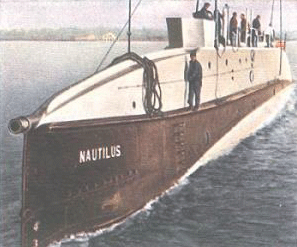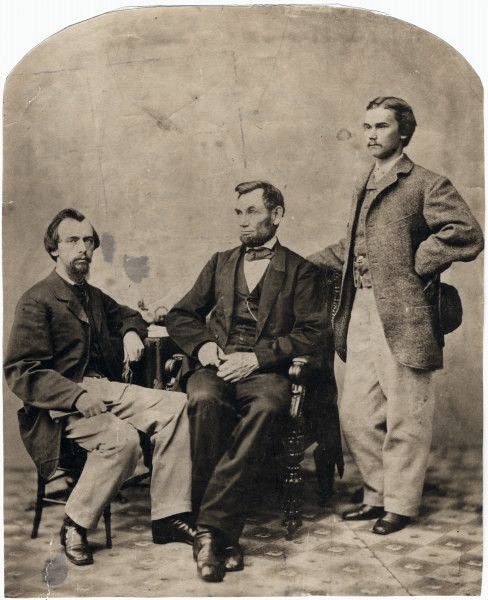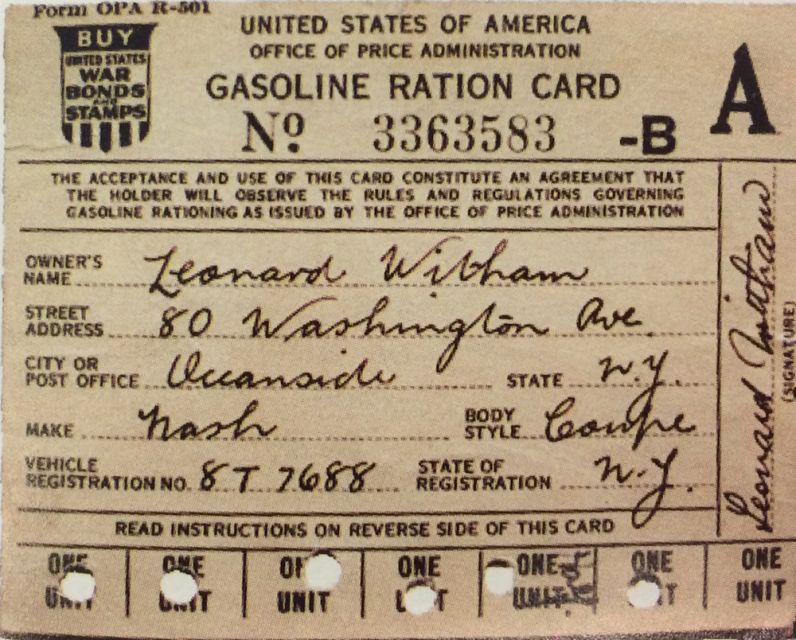December 2017


Less than three weeks before his death, John Milton Hay awoke in his cabin room on the RMS Baltic as the great ocean liner, still the jewel of the White Star Line, steamed a course from Liverpool to New York. He reached for his diary and composed one of its final entries.
In the weeks after Pearl Harbor, the Japanese conquered most of the areas of Southeast Asia that produced rubber and cut off supply to the U.S. By the following year, the situation became so dire that the government formed 7500 tire ration boards each staffed by three volunteers to manage the allocation of scarce tires around the country.

To help conserve gasoline and especially rubber tires, the government ordered gas rationing in 17 eastern states beginning in May and then nationally in December, and a speed limit of 35 miles per hour enforced nationwide. Drivers who used their cars for work essential to the war effort received additional gas ration stamps.
